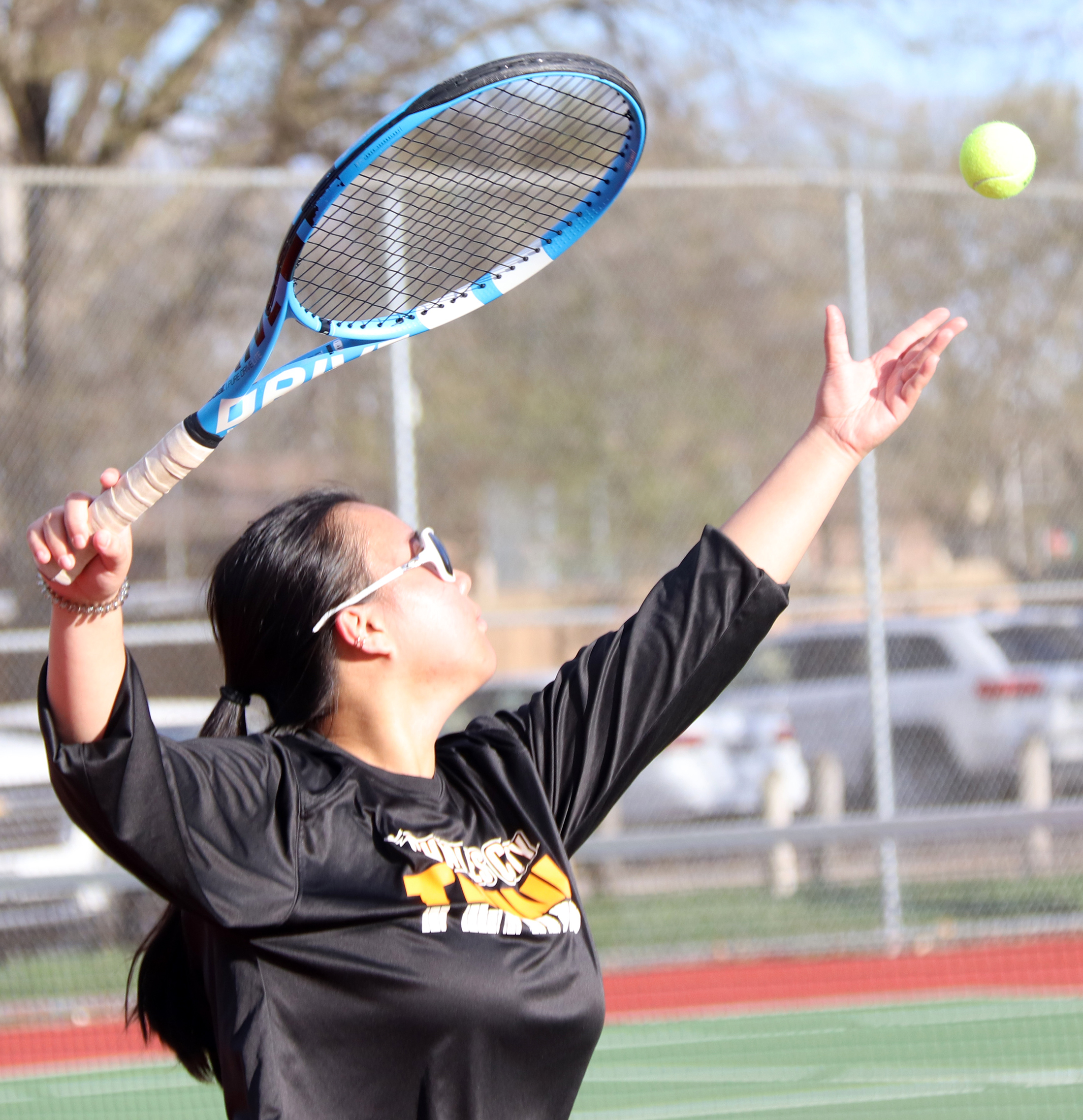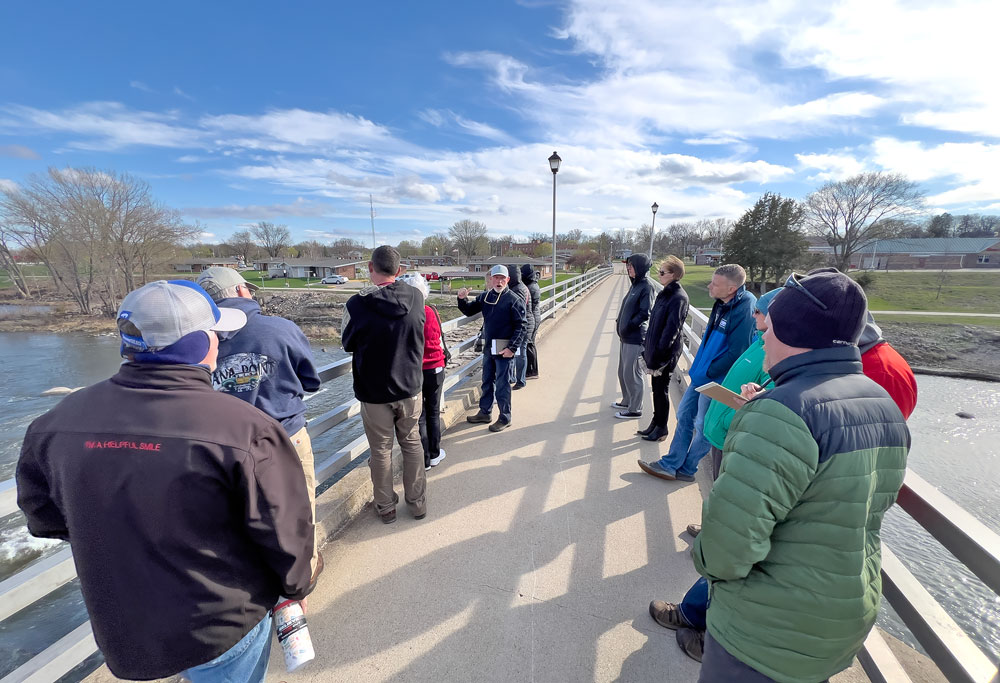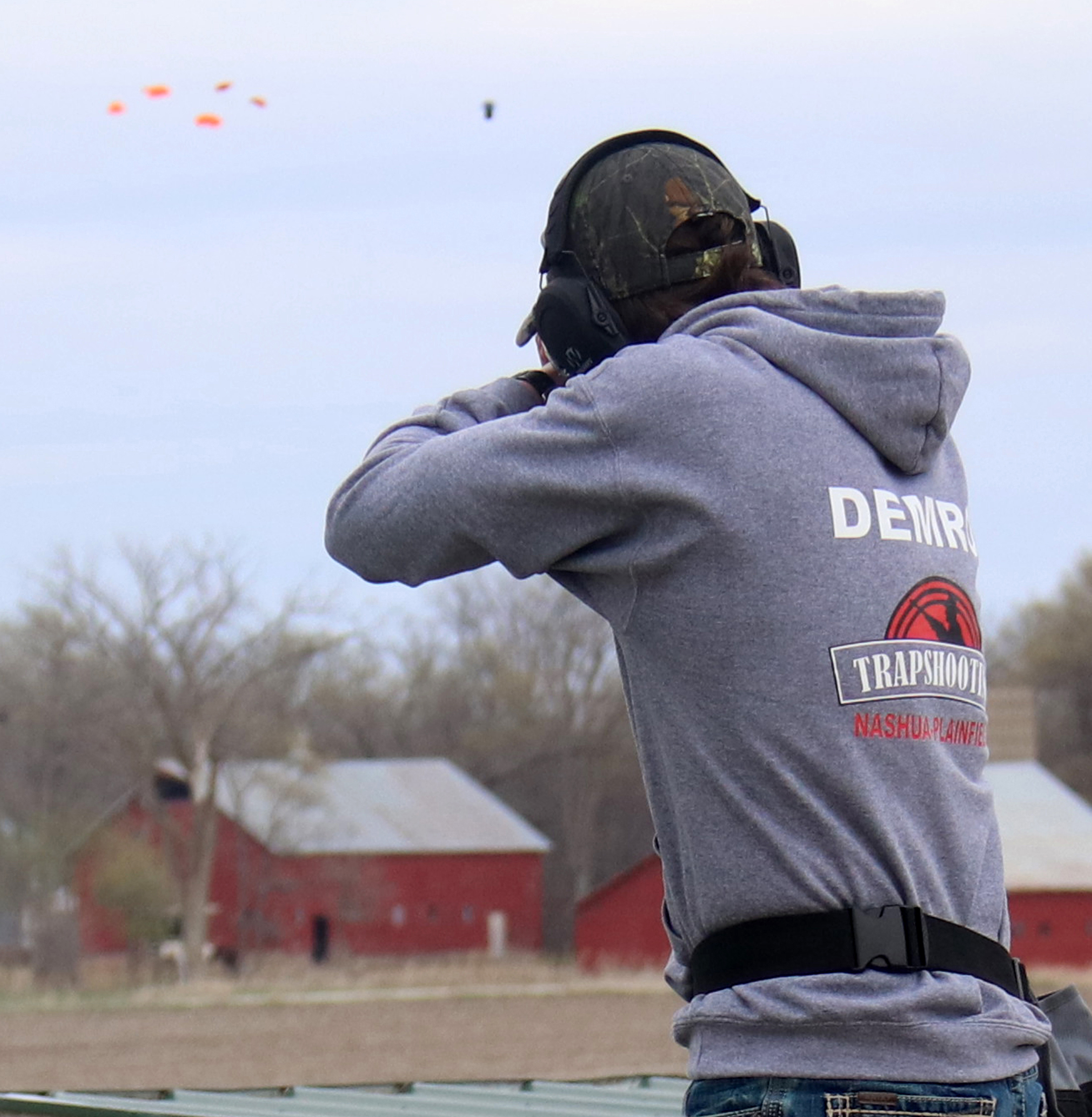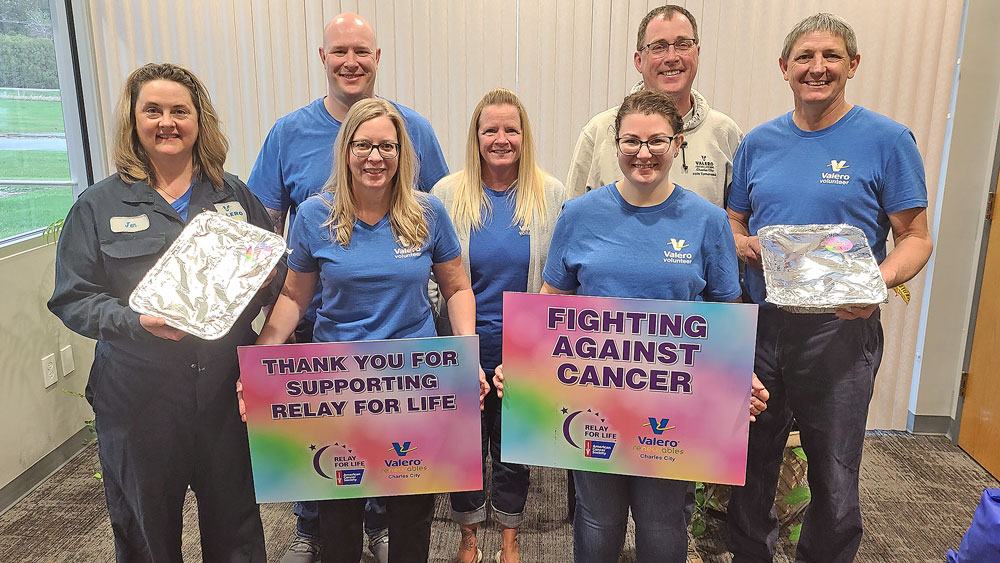Jung got his gator: Georgia hunt a success


By Bob Steenson, bsteenson@charlescitypress.com
Jay Jung is an avid hunter and angler, and has trophies to prove it.
But recently the Charles City resident tackled something a little different from the typical deer and turkeys that an Iowa hunter might bag. His latest conquest was over 11 feet long, weighed more than 400 pounds and had a menacing grin.
Jung can now add gator hunter to his list of accomplishments after a recent trip to Georgia.
“I’ve put in for an alligator tag about four years and this year I finally got one,” said Jung, an agent for Farm Bureau Insurance. He has a cousin who hunted alligators years before, and that got Jung interested.
“It was kind of on my bucket list,” he said.
Jung was in Georgia at Lake Seminole in the far southwestern corner of the state from Aug. 17 to the 21st.
Alligator season in the state opened at sunset on Friday, Aug. 19. The next morning Jung was on the water with two hunting guides who he found through a friend from college who knew them.
“We had a couple of alligators get away from us,” Jung said, “then I had the opportunity to get a hook in this one.”
There are various ways allowed to hunt gators in Georgia — ropes, harpoons, arrows, snares. The method Jung was using was to start with fishing line.
“You cast over the top of them with fishing line and a big treble hook,” Jung said. “Once you get a hook in you fight it to get it close enough to get a bigger line on called a hand line.”
You fight the gator with the hand line some more until it’s close enough to spear with a harpoon attached to a bigger, even heavier line, he said.
“Once you get it in close you shoot it in the back of the head,” Jung said.
Even then you have to tie the alligator’s mouth shut because it is still dangerous.
“They don’t die easy,” he said.
One of the biggest challenges is rolling the alligator into the boat.
Jung said he fought for about an hour and a half before landing the alligator. It came in at 11 feet, 2 inches long and weighed more than 400 pounds. He said it was one of the largest gators taken on that lake this year.
The alligator was taken to a processor, where the meat will be processed and shipped back to Jung. The hide was sent to a tanner.
The tanner will pay for the hide if the owner doesn’t want to use it, Jung said.
“We’ll see,” Jung said, when asked if there are any alligator leather items in his future.
“I’m getting a price on a fine pair of boots,” he said, “but I think they’re pretty expensive.”
Jung said he’d have to list the alligator as the most exotic animal he has hunted so far.
He said he has hunted feral hogs, “but anyone can do that — you don’t even need a license” in some states.
The American alligator was listed as endangered in 1967 because of unregulated hunting and loss of habitat, according to the Georgia Department of Natural Resources.
With habitat management and law enforcement efforts, alligator populations rebounded and the animals began to flourish. Their protected status was downgraded in 1987, allowing managed hunting to resume, the Georgia DNR said.
In 2016 more than 11,000 people applied for alligator harvest permits in Georgia, and 1,000 were given out, the DNR said.
Would Jung consider once again trying to buck those odds to repeat his alligator hunt?
“Absolutely,” he said.







Social Share